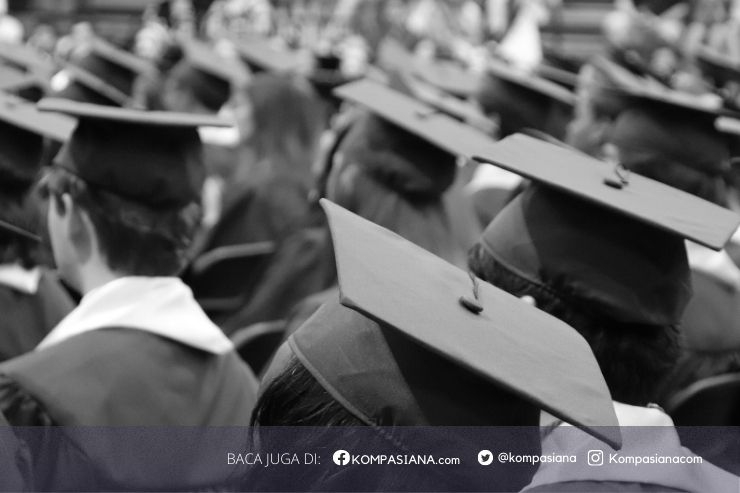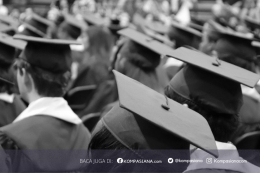The teaching and learning process is meant to be a dynamic, collaborative experience where both teachers and students can thrive. However, in many educational contexts today, the system remains heavily teacher-centered, despite efforts to shift toward student-centered learning approaches such as Project-Based Learning (PBL). In practice, the misinterpretation of PBL as a hands-off, student-independent model combined with the heavy administrative load placed on educators has led to a learning environment where joy is often missing. Instead of fostering creativity and engagement, both students and teachers often find themselves overwhelmed. In this article, I will explore the current state of teaching and learning, discuss the importance of a stress-free learning environment, and suggest strategies to create a more enjoyable learning experience for all.
The Current State of Teaching and Learning: Challenges and Missteps
In many educational institutions, the teaching and learning process continues to rely on a teacher-centered model. Teachers often dominate the classroom, dictating content, pace, and assessment methods. While some progress has been made in moving toward student-centered approaches, many educators remain stuck in traditional roles. Students, meanwhile, are often passive recipients of knowledge rather than active participants in their own education. This structure can be attributed to ingrained practices in education that prioritize content delivery over critical thinking and creativity.
Furthermore, the introduction of innovative pedagogical approaches, such as Project-Based Learning, has not always translated into effective practice. While PBL is designed to engage students in active problem-solving and collaboration, many schools have misinterpreted the model. Instead of guiding students through the process, some educators adopt a hands-off approach, believing that students should be learning independently. Without sufficient scaffolding and support, this independence can lead to confusion and frustration among students, who may lack the skills needed to manage complex projects. As a result, PBL often falls short of its potential to engage students deeply and meaningfully.
Another significant challenge facing educators is the increasing burden of administrative tasks. Teachers are expected to manage a wide range of non-instructional responsibilities, from grading and lesson planning to paperwork and meetings. This administrative load can detract from their ability to focus on the actual teaching and learning process. Teachers who are overloaded with administrative tasks tend to experience higher levels of stress and burnout, which negatively impacts their classroom performance. When teachers are overworked, their capacity to create an engaging and joyful learning environment diminishes, leaving both teachers and students feeling drained.
The Importance of a Joyful, Stress-Free Learning Environment
Learning should be an inherently joyful process, one that ignites curiosity, fosters creativity, and encourages a lifelong love of discovery. Unfortunately, when learning becomes a source of stress---either due to excessive pressure to perform or a lack of meaningful engagement---students' motivation and well-being suffer. Students experiencing a high level of stress in academic settings often exhibit reduced academic performance and a lower sense of self-efficacy. In contrast, when students are given the freedom to explore topics that interest them in a supportive environment, they are more likely to enjoy the learning process and achieve academic success.
A stress-free learning environment does not mean eliminating all challenges or expectations. Instead, it involves creating a balance where students feel supported and encouraged to take risks, make mistakes, and learn from them. Joyful learning arises from environments where students feel safe to express themselves and are actively engaged in their own learning journeys. By removing excessive pressure and fostering positive interactions, teachers can create a space where learning becomes enjoyable and intrinsically motivating.
Strategies for Building the Joy of Learning
There are several strategies that educators can employ to cultivate a joyful learning environment, where both students and teachers thrive:
Adopt a Collaborative, Student-Centered Approach
The shift from a teacher-centered to a student-centered classroom is essential for creating an engaging and joyful learning environment. Instead of acting solely as content deliverers, teachers should adopt the role of facilitators, guiding students through collaborative learning experiences. Group projects, discussions, and peer teaching are excellent ways to involve students in the learning process. When students work together to solve problems, they gain a deeper understanding of the material and are more likely to find joy in their achievements.Redefine Project-Based Learning
Project-Based Learning has great potential when implemented correctly. Instead of leaving students to figure everything out on their own, teachers should provide structured guidance throughout the project. Offering clear instructions, regular check-ins, and constructive feedback can help students stay on track and avoid frustration. PBL should be about exploration and creativity, not a test of independent skills. By balancing autonomy with support, educators can ensure that students engage deeply with the material and enjoy the process.Integrate Play and Creativity into Learning
Introducing elements of play and creativity can transform the learning experience from monotonous to exciting. Play is not just for younger students; it can be incorporated into lessons for all age groups. For example, educators can use games, simulations, and role-playing activities to make abstract concepts more tangible. Creativity can also be encouraged through open-ended projects, where students have the freedom to express their understanding in various formats, such as art, writing, or digital media.Foster Positive Relationships
Strong teacher-student relationships are key to creating a joyful learning environment. When students feel that their teachers care about them as individuals, they are more likely to be motivated and engaged. Positive relationships also build trust, which is essential for a safe and supportive learning atmosphere. Educators should take time to get to know their students, listen to their concerns, and provide encouragement. Building rapport not only makes the classroom more enjoyable but also promotes better learning outcomes.Reduce Administrative Burden on Teachers
One of the most significant barriers to joyful teaching is the overwhelming administrative load placed on educators. To create a more positive teaching and learning environment, schools should look for ways to streamline administrative processes and reduce paperwork. Technology can play a role here, with automated grading systems, digital lesson planning tools, and communication platforms that simplify tasks for teachers. By freeing up teachers' time, schools can allow them to focus on what matters most: teaching and engaging with their students.
Conclusion
To build the joy of learning, we must address the structural and cultural challenges that currently hinder the educational process. Teachers should be empowered to adopt student-centered, collaborative approaches, while also receiving the support and resources needed to manage their workload effectively. Students, meanwhile, should be given opportunities to explore, create, and collaborate in a supportive, stress-free environment. When learning is approached as a joyful and engaging experience, both teachers and students can thrive. It's time to make the joy of learning a priority in our schools and classrooms, for the benefit of all.
Follow Instagram @kompasianacom juga Tiktok @kompasiana biar nggak ketinggalan event seru komunitas dan tips dapat cuan dari Kompasiana. Baca juga cerita inspiratif langsung dari smartphone kamu dengan bergabung di WhatsApp Channel Kompasiana di SINI








